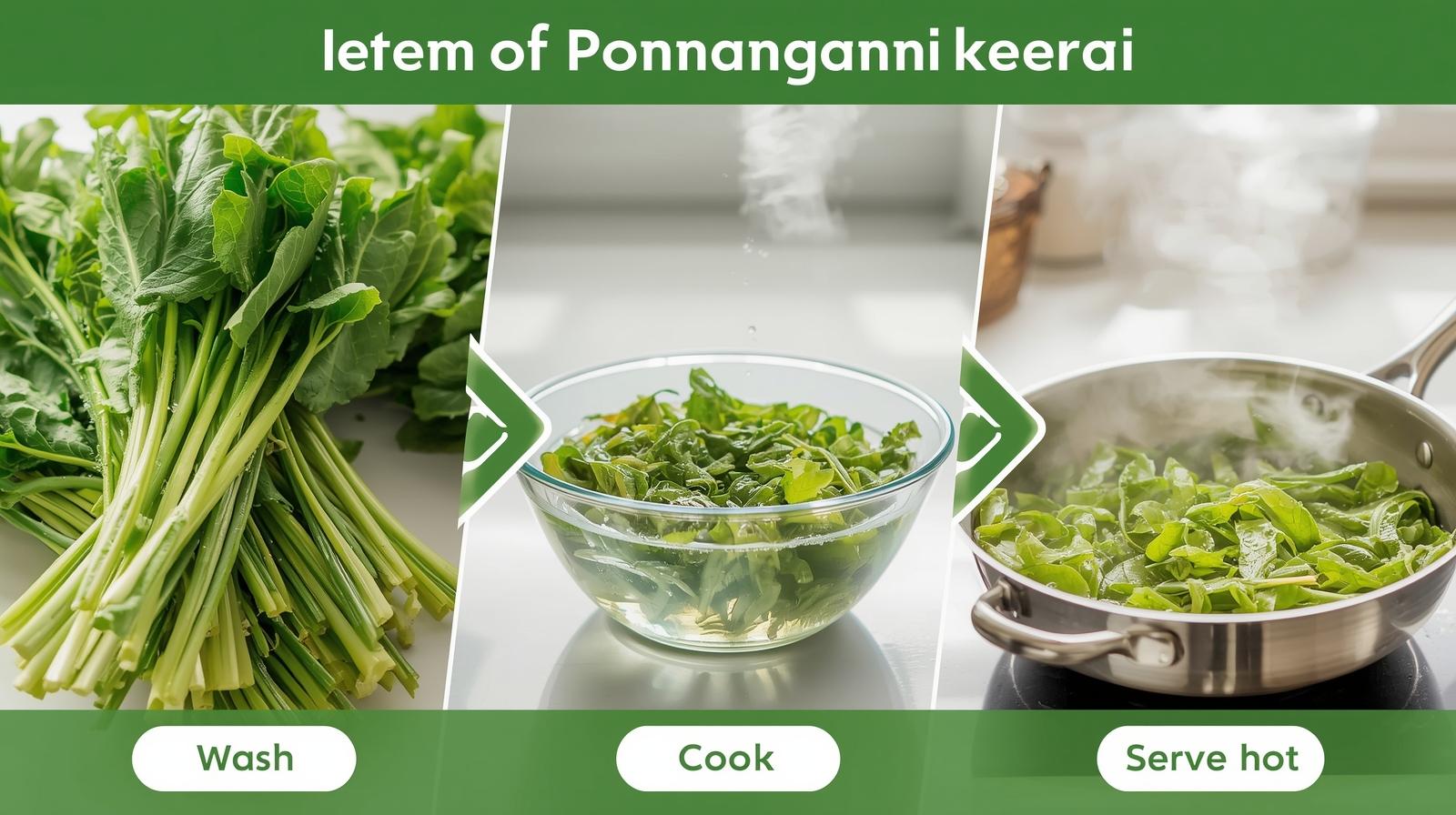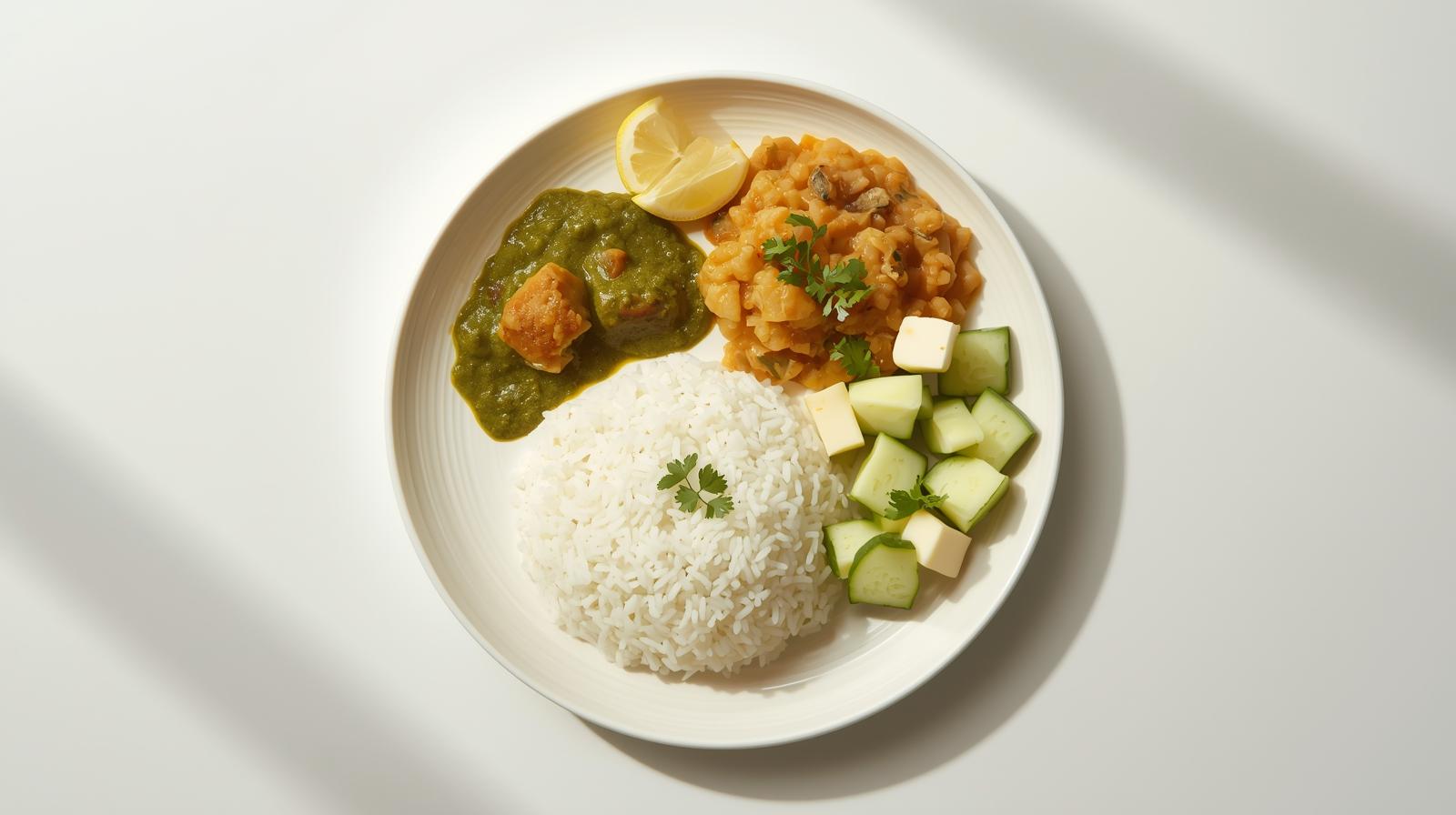
Ponnanganni Keerai During Pregnancy — Benefits, Hygiene & Practical Cooking
Ponnanganni keerai—also known as Alternanthera sessilis, ponnaganti kura (Telugu) or sessile joyweed—is a traditional South-Asian leafy vegetable. Culturally, it’s valued for its gentle taste and versatility in kootu, poriyal, dals, and stir-fries. For pregnancy, it offers fiber, a matrix of micronutrients (including provitamin A carotenoids), and the chance to build iron-friendly plates when paired with vitamin-C foods. As with all greens, the keys are clean sourcing, thorough washing, full cooking, hot service, and safe leftovers. [1] [4]
In this global guide
- What is ponnanganni — and what does it bring nutritionally?
- Hygiene & washing — remove soil grit and microbes
- Cooking doneness — why “tender & steaming” matters
- Oxalates & nitrates — what studies say and how to manage
- Iron pairing & blood-sugar comfort
- Leftovers & reheat temps
- Buying, prep & home-cooking playbook
- Pregnancy FAQ — Ponnanganni
Ponnanganni 101 — The Leafy Green on Your South-Indian Plate
Alternanthera sessilis is a soft-leaved, quick-cooking green. In Indian composition references, traditional leafy vegetables typically supply water-soluble vitamins and carotenoids with modest energy and helpful fiber. Exact values vary by soil, season, and maturity, but the **IFCT (2017)** tables are the national reference for Indian foods. [1]
Modern analyses highlight carotenoids and generally **low-to-moderate antinutrient levels** in A. sessilis, which are manageable with normal culinary processing (washing and full cooking). [2] [3]

Hygiene & Washing — Start Clean to Stay Safe
Leafy greens can trap soil and microbes. The WHO Five Keys emphasize washing hands, tools, and produce, and keeping raw and cooked prep separate. For ponnanganni, strip leaves, trim tough or muddy stem ends, and rinse **repeatedly** in fresh water until grit is gone. Use safe water and clean colanders. [4]

